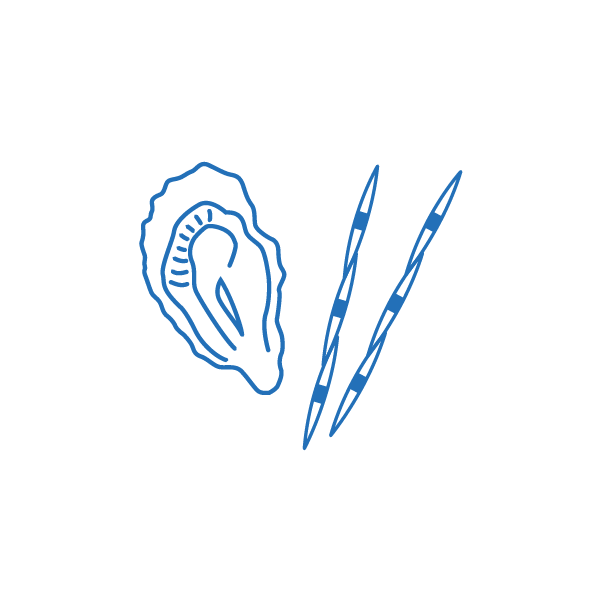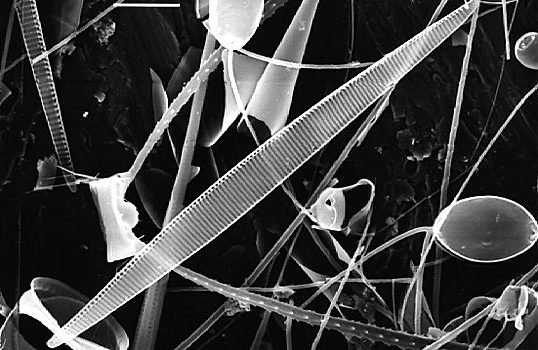
How did we calculate?

APPROACH
Harmful algal blooms (HABs) are assessed using multiple approaches by scientists and resource managers. Public health monitoring of HAB toxins in shellfish dates back more than 15 years. Since HAB events vary in their location, size and duration from year to year, this data provides the historical perspective needed to develop an expectation of HAB impacts within a given year. For this indicator, HAB status is based on the current year’s shellfish harvest opportunity, which has been impaired due to HAB toxin contamination.
The U.S. Food and Drug Administration has established “safe to eat” levels of multiple HAB toxins that guide the issuance of advisories and closures in each of the U.S. West Coast States. Impaired shellfish harvest opportunity is calculated by counting the number of days for which an advisory or closure prohibiting commercial and/or recreational harvesting due to unsafe HAB toxin levels. The status for the entire U.S. West Coast is synthesized by tallied for each coastal county or harvesting zone along the west coast and then calculated as a percentage of total potential harvest days for all shellfish species that are monitored. This percentage is then assessed as either Far Below, Below, Meeting, Above or Far Above Expectation. The Expectation categories are defined from the deviation from the historical baseline.
Trends are assessed based on the full historical monitoring period. Based on the significance and magnitude of the trends for each county or zone, the overall U.S. West Coast is categorized as Getting Better, Slightly Better, No Trend, Slightly Worse, or Getting Worse.
HAB related marine mammal strandings are also considered as evidence of HAB impacts but are not included in status or trend definitions due to data uncertainty in counts. Adult female California Sea Lions were used as an indicator demographic for stranding events, since previous literature indicates this demographic can serve as an indicator of domoic acid impacts on the larger population of coastal California Sea Lions. A probable event was identified as years where the percentage of adult female California Sea Lions that stranded was above the historical average.

Photo Credits: Woods Hole Oceanographic Institution.